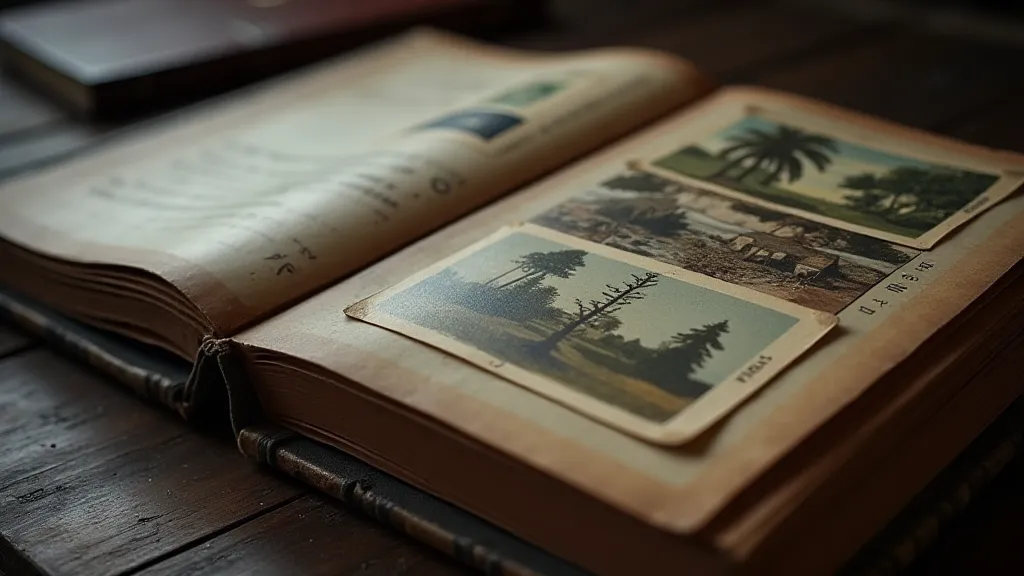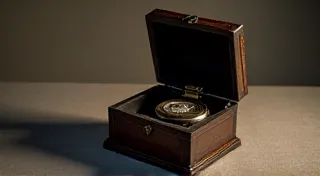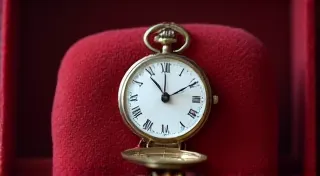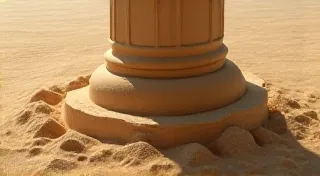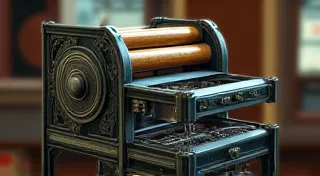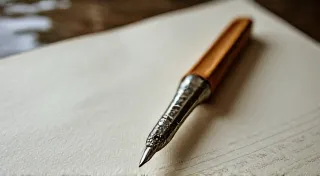Chromatic Ghosts: The Fading Palette of Early Color Photography
There's a peculiar magic in holding a vintage postcard, a fragile rectangle offering a glimpse into a world vanished. For those of us drawn to postcard collecting, it’s more than just accumulating images; it’s rescuing whispers from the past, piecing together fragments of lives lived and moments frozen in time. But when those images are in color…when you're holding a glimpse of a world rendered in the laborious hues of early photography…it’s an entirely different experience. It's holding a chromatic ghost, a testament to both artistic ingenuity and the relentless passage of time.
The world of philately – the study of stamps and postal history – often overlaps with postcard collecting. Yet, the allure of color postcards surpasses the mere acquisition of a historical document. It represents a unique intersection of art, technology, and societal change. We often romanticize the sepia tones and stark blacks and whites of earlier postcards, and rightly so. They convey a certain gravity, a sense of timelessness. But early color photography on postcards… that’s where the real challenges—and the extraordinary beauty—lie.
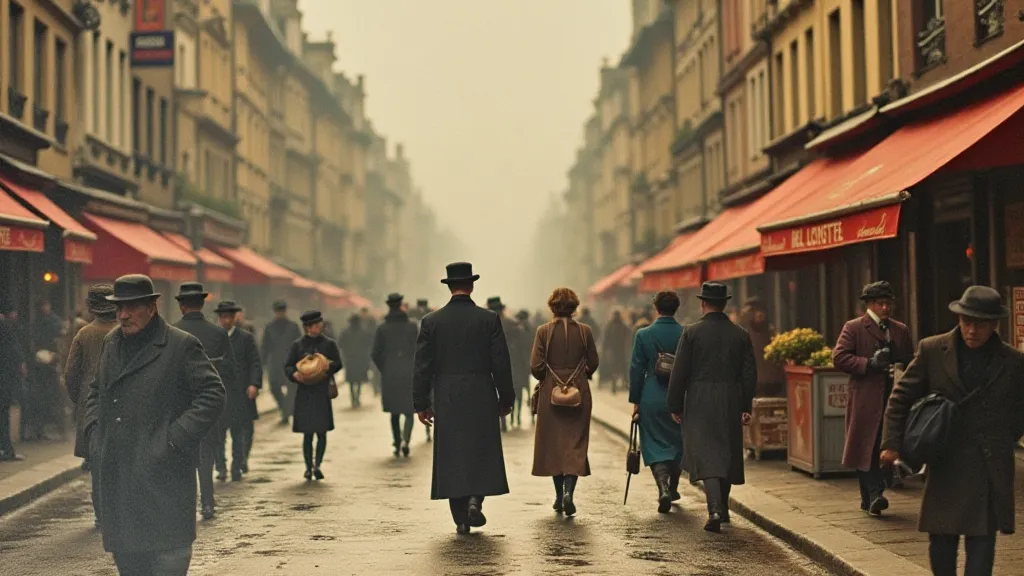
The Dawn of Color: Processes and Pioneers
The invention of color photography wasn’t a sudden revelation. It was a decades-long evolution, a painstaking process involving multiple exposures, complex chemical concoctions, and a considerable amount of luck. Early techniques varied wildly, each with its own quirks and limitations. Autochrome, patented by the Lumière brothers in 1903, was arguably the most popular method for some time. It used a glass plate coated with dyed starch grains, creating a screen that filtered light and recorded color information. Think of it as a very, very rudimentary form of subtractive color mixing.
Then there was Kodachrome, introduced in 1935, a completely different process which involved layering different photographic emulsions. While providing significantly better color fidelity than Autochrome, it still demanded meticulous care and posed considerable challenges for postcard production. Each process, though revolutionary for its time, produced images fragile and susceptible to degradation.
My grandfather, a quiet man of routine, collected postcards. I only discovered this after his passing. Tucked away in a dusty box were dozens of early color postcards – faded, foxed, and undeniably precious. I remember holding one in my hand, a view of Coney Island from 1910. The sky was a startling, almost unnatural blue, the carousel a riot of now-muted hues. It wasn't "realistic" in the way we understand photography today. It was *something else* – a dream captured, a moment heightened.
The Challenges of Preservation and Degradation
The very techniques that created these vibrant glimpses into the past are also the reasons for their fragility. Autochromes, in particular, are notoriously susceptible to color shift. The dyed starch grains react with light and humidity, causing the reds to fade into a sickly yellow-green and the blues to remain relatively unchanged, resulting in a skewed, almost surreal palette. Kodachromes suffer from dye degradation as well, albeit more slowly. These aren’t simply “old” photographs; they are undergoing a constant process of chemical change.
Foxing, those telltale brown spots, are another common ailment. These are caused by tiny fungal spores that feed on the chemicals within the photographic emulsion. While it seems like a purely destructive process, I find that a very light spotting – carefully distributed – can add to the postcard's character, lending a sense of authenticity and age.
Restoration is a delicate art. Harsh cleaning or aggressive attempts to “correct” the colors can easily damage the emulsion further. There are digital restoration techniques available, but many collectors prefer to preserve the inherent flaws, recognizing them as part of the postcard's history. It’s about celebrating the survival, not erasing the scars.
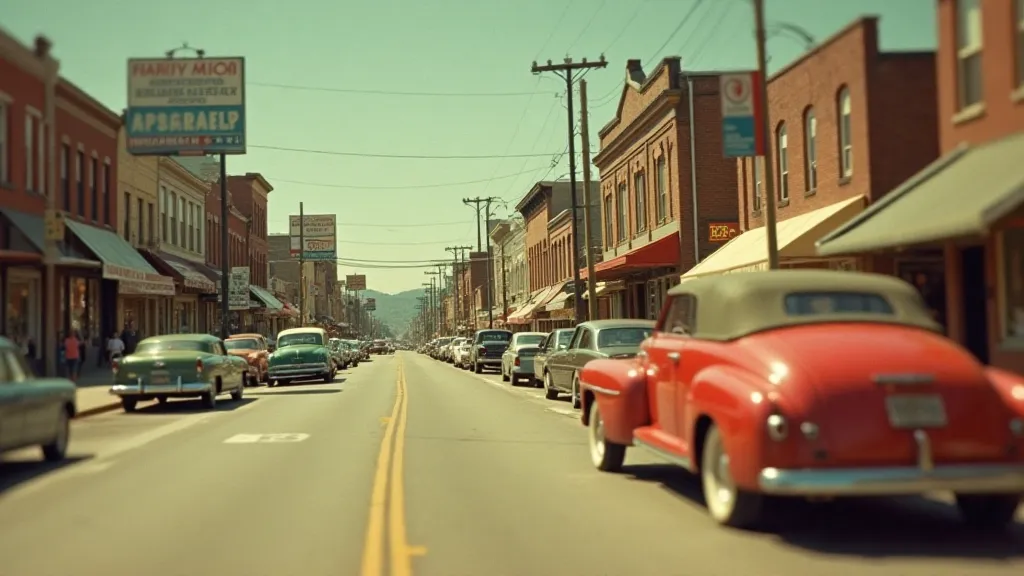
Impact on Value and Collecting Strategies
The rarity of early color postcards, coupled with their inherent fragility, significantly impacts their value. A well-preserved Autochrome from the early 1900s can fetch a considerable sum, while Kodachromes from the 1930s and 1940s are also sought after, especially those depicting unique or historically significant scenes.
For collectors, several strategies are key. First, condition is paramount. A postcard with vibrant colors and minimal damage will always be more valuable than one in poor condition. Second, subject matter matters. Postcards depicting popular tourist destinations, historical events, or everyday life in now-vanished communities are particularly desirable. Third, understanding the photographic process – the nuances of Autochrome, Kodachrome, and other early techniques – is essential for accurately assessing a postcard’s authenticity and value.
I’m often asked, "What’s the best way to store these fragile treasures?" The answer is simple: cool, dark, and dry. Acid-free sleeves and albums are essential to protect them from light, humidity, and pollutants. Avoid direct sunlight and fluctuating temperatures. Think of them not as collectibles, but as pieces of history entrusted to your care.
More Than Just Pictures: Echoes of a Lost World
Collecting vintage postcards isn't about owning beautiful objects; it's about connecting with the past. Each faded hue, each subtle imperfection, tells a story. It’s about imagining the sender carefully choosing the postcard, writing a brief message, and sealing it with a stamp, sending a tangible piece of themselves across time and distance.
Holding a chromatic ghost – a faded color postcard – allows us to pause and reflect on the relentless march of time, on the ephemeral nature of beauty, and on the enduring power of human connection. It’s a privilege to be a custodian of these fragments, to share their stories with others, and to keep the memories alive.
